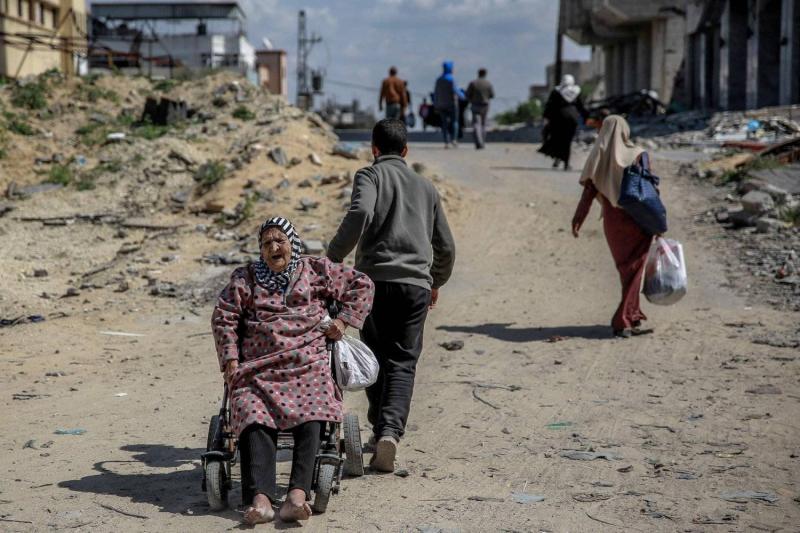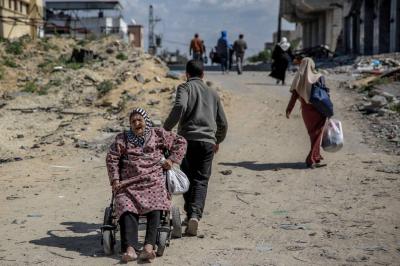U.S. Secretary of State Antony Blinken is intensifying diplomatic pressure in Israel in a last-ditch effort to reach a ceasefire agreement in Gaza and secure the release of prisoners. Negotiations, mediated by Egypt, Qatar, and the United States, are set to resume this week in Cairo, following a two-day meeting in Doha last week that focused on bridging gaps regarding proposals from Washington. However, significant gaps remain between Israel and Hamas, according to sources from both Israeli and Palestinian sides, as well as statements from Israeli Prime Minister Benjamin Netanyahu and Hamas.
**Ending the War**
Hamas wants an agreement that ensures the end of the war in Gaza. Netanyahu, on the other hand, is committed to a "complete victory" and desires that the agreement allows for the resumption of fighting in the Palestinian territory until Hamas loses its ability to pose any threat to Israelis.
**Gaza-Egypt Border**
Hamas demands a complete withdrawal of Israel from the Gaza Strip, including the area known as the Philadelphi Corridor or Salah al-Din axis, which is a narrow strip 14.5 kilometers long along the southern border of the coastal enclave with Egypt. Israel wants to maintain control over the Philadelphi Corridor, which it seized in late May after destroying dozens of tunnels beneath it, which it claims were used for smuggling weapons to armed groups in Gaza. There appears to be division within the Israeli leadership on this issue as well. Netanyahu argues that the presence of Israeli forces at the border is the only means to prevent weapon smuggling, while defense officials say the border can be monitored remotely, and soldiers can conduct strikes if necessary.
**Return of Displaced Persons**
Israel wants to thoroughly inspect Palestinian evacuees returning to the densely populated northern part of the Strip when the ceasefire goes into effect, to ensure they are unarmed. Meanwhile, Hamas demands freedom of movement for Palestinians who were forced to flee south and wish to return to their homes.
**Release of Prisoners**
The three-phase ceasefire plan includes the release of 33 prisoners based on humanitarian cases, whether alive or deceased, in the first phase. Netanyahu has stated that he wishes to increase the number of living prisoners released in this phase. There are a total of 115 prisoners remaining, including men, women, civilians, soldiers, and two children, with Israeli authorities reporting at least a third of them as deceased in absentia. Israel also seeks the right to object to the identities of certain Palestinian prisoners who may be released in return.
**Who is Responsible?**
Hamas and Israel have been exchanging accusations regarding the deadlock in the talks. Netanyahu has rejected the criticism he faces domestically and internationally for introducing new demands into the original plan concerning the Gaza-Egypt border and inspections of returning Palestinians. Netanyahu denies imposing new conditions, claiming that his demands pertain to vital security issues that align with the original proposal and essentially define how it is to be implemented. Hamas asserts that the new U.S. proposals are too aligned with Israeli positions. Netanyahu claims that Hamas's obstinate stance is the main obstacle to reaching an agreement.




